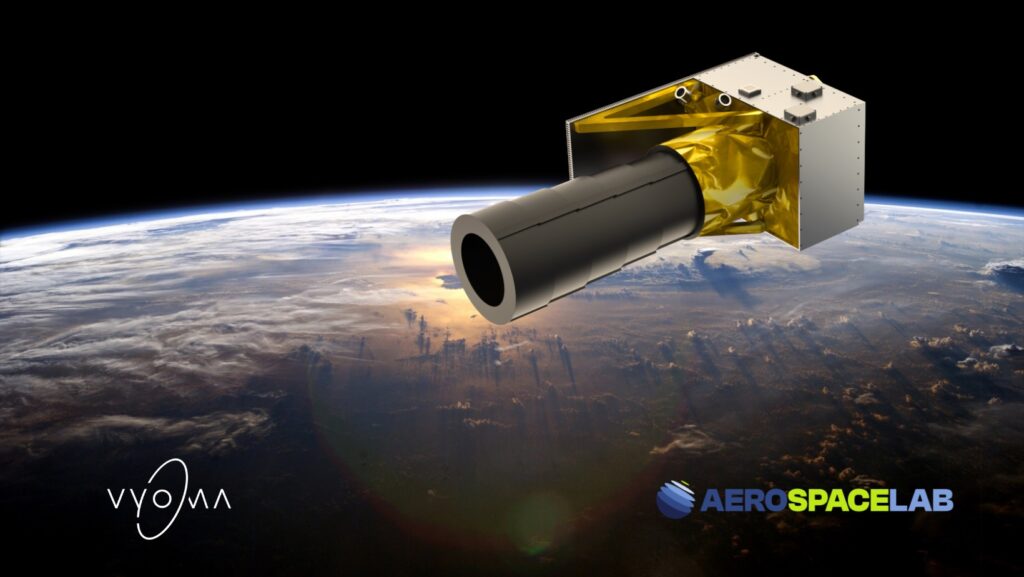There were a number of launch and spacecraft orders ranging from small to big this month.
The story that grabbed headlines was NASA’s construction order to SpaceX for a craft to deorbit the ISS in 2030 or soon after. See our story here.
Of the more mainstream satellite orders was the JSAT-31 GEO comsat order to Thales Alenia Space. However, that was small beer compared to the near US$2.3 billion order from NOAA for three Geostationary Extended Observations (GeoXO) weather satellites (plus options for four more) as a follow-on to the GOES-R series of which GOES-U was launched by a Falcon Heavy this month.
Lockheed Martin has received a US$977.5 contract modification/addition to the Next-Generation Overhead Persistent Infrared (Next-Gen OPIR) programme for which it is building a pair of GEO early warning satellites.
A little hint that GEO comsat operators are now openly considering moving to multi-orbit operations was Yahsat’s order of two small test LEO communications satellites from Airbus DS.
At the smaller end of the size spectrum, the Greek government has awarded Open Cosmos construction contract for seven 100 kg class satellites for a small constellation able to image, track (via AIS) and offer IoT (Internet of Things) communications.
Redwire has won a demonstration satellite contract for its SabreSat platform from the DARPA Otter programme to demonstrate its propulsion system to counter drag in very low Earth orbits (VLEO).
Companies are increasingly moving sensors into space for space situational awareness. The space tracking company Vyoma has ordered a 60 kg optical debris tracking satellite called Flamingo 2 from Belgian firm Aerospacelab as part of a small debris tracking constellation.

Artist’s impression of Flamingo-2 debris-tracking satellite. Courtesy: Veoma
Vast has ordered a Nyx space cargo mission to its planned Haven space station from The Exploration Company.
Some firms are electing to extend the lives of their satellites rather than buying new. Starfish Space has received an order to extend Intelsat satellite life in first commercial mission
Other prefer to put their hosted payloads onto satellites rather than buy new. Wyvern is to use Loft Orbital satellites for hyperspectral observations.
Meanwhile Loft Orbital’s Yam-7 satellite is to host an infrared payload for Hydrosat.
Launch orders
On the launch orders and bookings front, in a shock move for a mainstream European organisation, Eumetsat has moved its MTG-S1 weather satellite from Ariane 6 to Falcon 9. The launch will take place in 2025.
Firefly got an order from Lockheed Martin for 15 launches of its new Alpha rocket plus options for ten more. The rocket’s reliability is as yet unproven, but at least it has had a chance to fly.
Blue Origin (along with SpaceX and ULA) has been given permission to bid for a share of US$5.6 billion of US military launch contracts despite not yet flying its New Glenn rocket. See our comment story here.
One rocket which is flying and which has achieved 50 launches very rapidly, is Rocket Lab’s Electron. It has just received a 10 launch order from the Japanese Radar sat operator Synspective.







